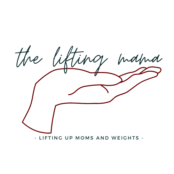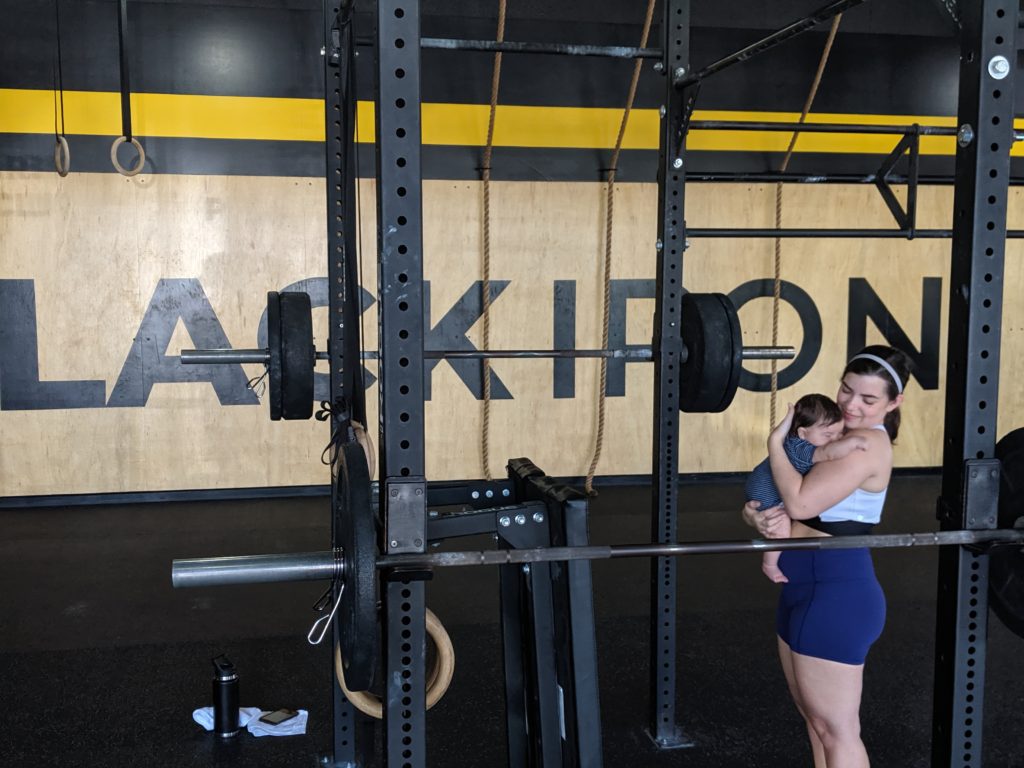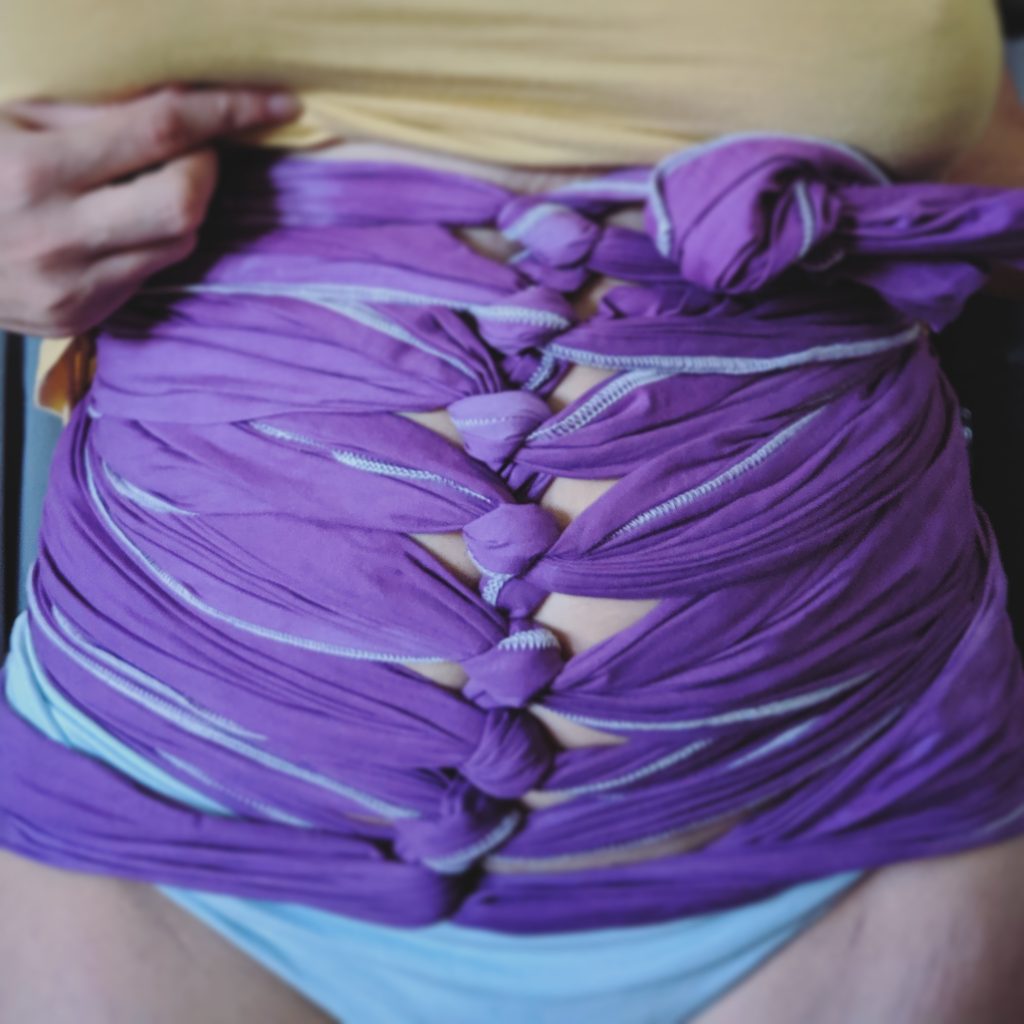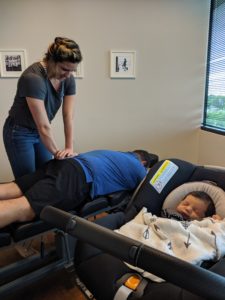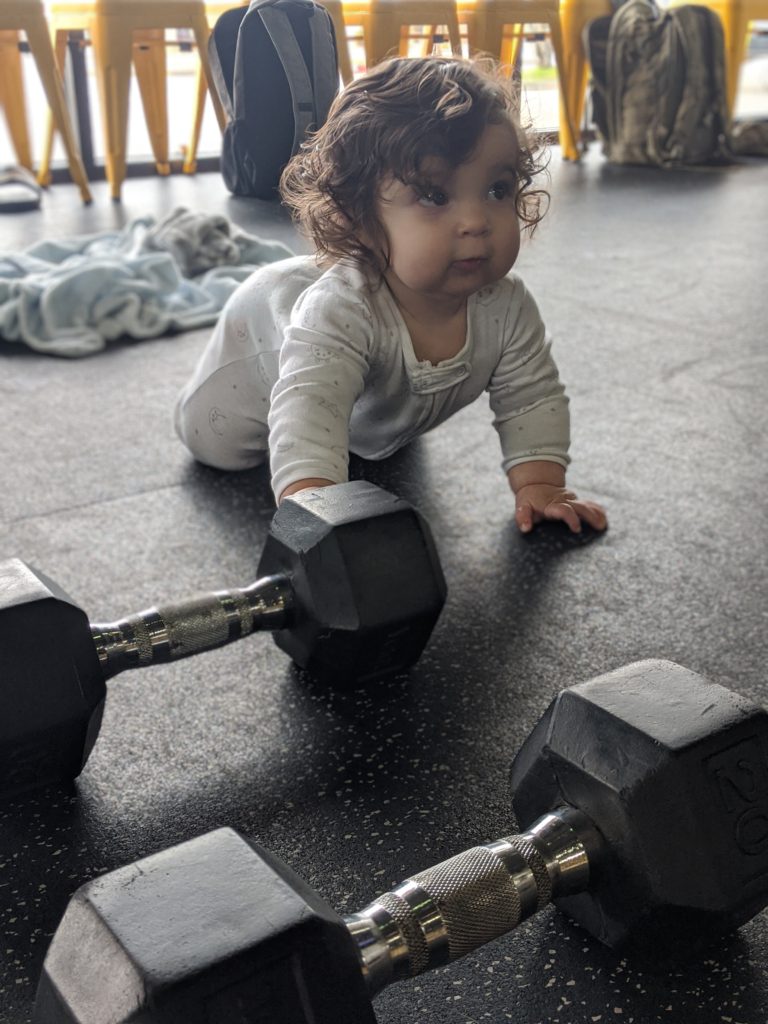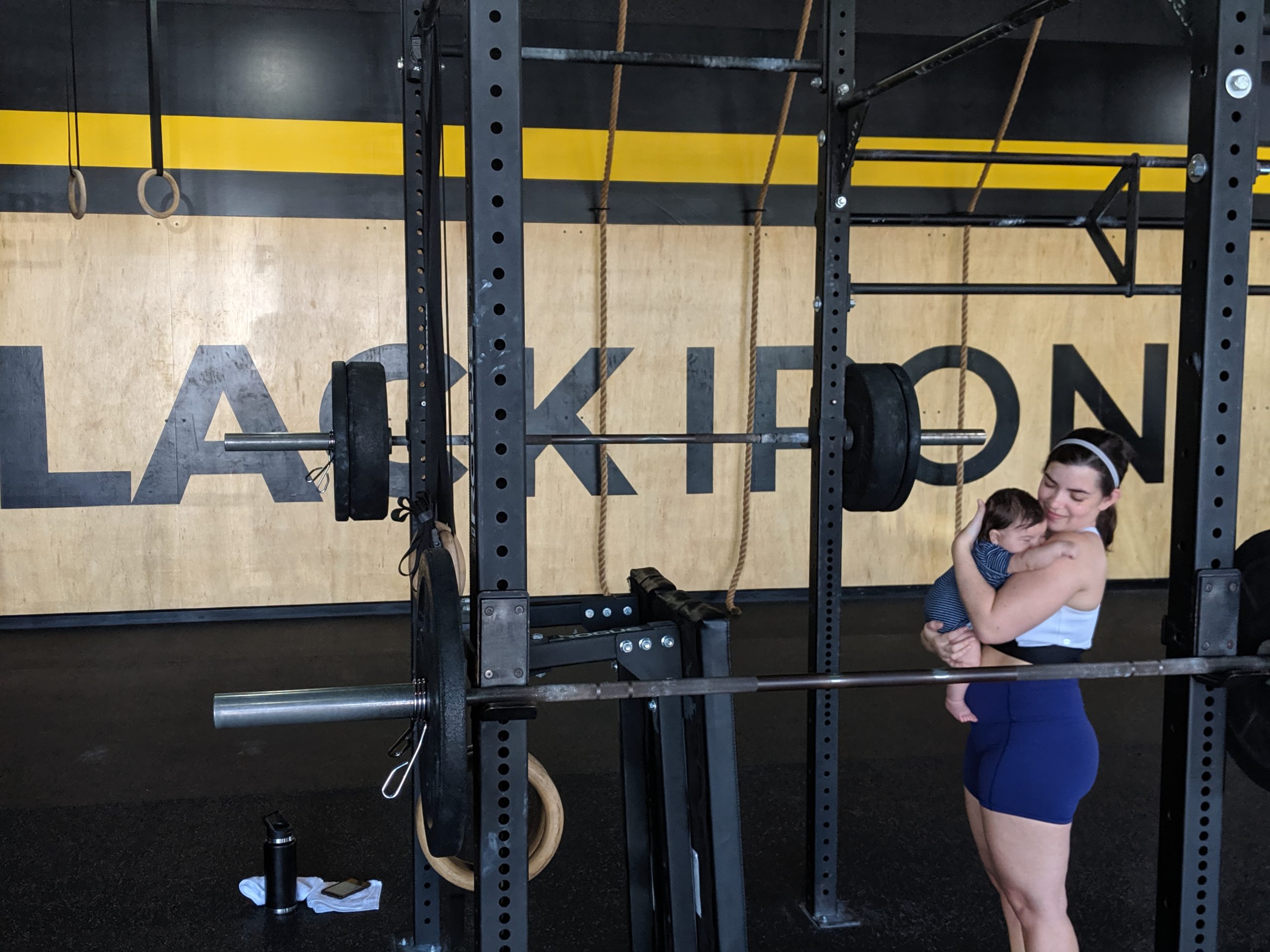The first steps back
The last thing on your mind after having a baby is getting back into shape, though in today’s “bounce back” culture, it’s hard for it not to be. My son’s first day of life consisted mainly of sleeping, cuddling, and feeding. I was feeling pretty good, so much so that on day two, I decided I was ready to get back into shape! Just kidding…kind of. My husband very cautiously agreed to going on a (short) walk around the neighborhood. I was all about it, and he was supportive but also much wiser than I was at that moment. In my mind, I accomplished the biggest physical challenge of my life just two days prior and had been sitting around ever since. Mama wanted to move.
The walk went well, our son seemed to enjoy the fresh air, and I got the blood pumping more than a walk ever has before. I did, however, see an increase in bleeding and soreness immediately after. That was my first time really registering how much of an uphill battle postpartum fitness was going to be. Certainly an achievable battle, but a battle nonetheless. Especially in those early days, weeks, and even months, my body was fragile and healing. While my mind wanted to focus on the grand goal of getting back in shape, my body needed to focus on something a little more elemental – nurturing a child and rebuilding and reorganizing from the inside out.
My fourth trimester – those first 3 months after baby is born – was pretty rocky because my son decided latching wasn’t for him (more on my breastfeeding path later). In the first couple weeks of being a mom, I thought of little other than how much I was failing as a mom. I so desperately wanted a nursing relationship with my son, and nothing we tried was making that happen. 110% of my effort was focused on feeding my son, something that took quick literally all day every day because I was pumping and trying to get him to nurse. It was an endless cycle. My healing took a back seat to his feeding. I was in a pretty dark place, and before, my best way to get out of dark places was to workout. That wasn’t an option which made things even more tough.
I came back very slowly. After that first family walk, I took some necessary time focusing on my son and my recovery. My son had pretty severe tongue and lip ties that needed tending to rather quickly, but he also had an extremely tight jaw and needed to see some body workers. This turned out to be much needed for me as well. In the intensity of our feeding routine, I hadn’t even thought of getting any help for myself. We went to our chiropractor when my son was 5 days old, and he and I both got worked on. At this appointment, I was introduced to belly binding in the form of Bengkung belly wrapping. This is an old practice, and you’ll see many trying to modernize it with any number of belly bands on the market. What the modern version doesn’t do a great job of is explaining the practice and how to do it properly. Belly binding is not intended to be a 24/7 kind of thing, and it won’t magically take away the mom pooch overnight. It’s supposed to be done in short bursts – usually starting in the morning when you’re most aligned – to help get internal organs back in place but to also allow the abdominal wall to redevelop when taken off. I tried binding off and on, and we started doing more family walks. They got longer and longer, and I started feeling stronger. We also started going to parks so my husband could mountain bike and my son and I could walk the trails.
I participated in a program called BirthFit to get started on my path back to the gym. This was a really great experience as it really helped me restart muscles that felt like they forgot how to muscle. It was a weird experience. It was as though my brain would tell a muscle to work, and the muscle just couldn’t remember how. One big take away from BirthFit was that mama’s physical recovery mirrors that of her baby’s physical development. The stages and phases of muscle development of an infant are almost identical to the process all moms should go through as they’re healing postpartum. Starting with the inner core and back muscles (think tummy time and moving to all fours) and slowly working to the extremities. What I loved about this program was that it also focused on mental and emotional recovery of mom within a community of moms which I desperately needed in those hectic first few months. This class was the first time I publicly shared my birth story, and it was also the first time I felt comfortable sharing some big motherhood insecurities. I learned that part of the physical recovery is finding peace mentally so your focus can turn to the physical realm.
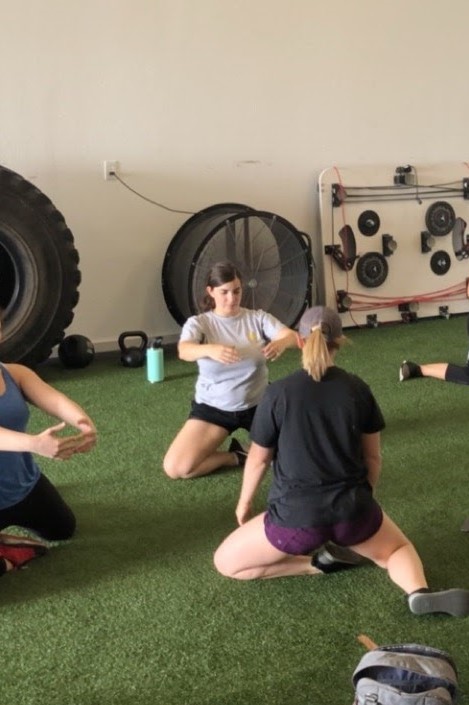
Two other important things I did to assist with my physical recovery were consistent chiropractic care and seeing a pelvic floor therapist. Much like during pregnancy, the postpartum period is a time when a woman’s body is constantly shifting and realigning. Seeing a the chiropractor (which I also did throughout my pregnancy) helped especially with my hips. Finding a Webster Certified chiropractor who focuses specifically on pregnant women was vital both during my pregnancy and after. Having someone that specializes on this stage of life proved very important to my pregnancy to keep me comfortable and baby in the proper positioning. I relied on my chiropractor postpartum as my organs shifted back to place and my hips narrowed some again to keep me aligned and able to move so when I could get back to working out, I was ready. I appreciated that my chiropractor was also very willing to do some myofascial work to compliment the skeletal movement. My midwife also recommended that I see a pelvic floor therapist whom I saw at about 8 weeks postpartum. Happily, I didn’t have many pelvic floor issues – no incontinence, no prolapses, no pelvic pain during sex – but it was still important to be checked out. She provided me with some exercises and things to look out for as I progressed through recovery that she could help with if they came up.
** A quick side note because I often need to remind myself of this – it’s ok to need help. I struggled acknowledging that I may need to spend some time (and money) to get the recovery help I needed. It does not make you weak or less than. I struggled with the same thing while I was pregnant and saw a pregnancy and postpartum therapist. Having people working with you whether mentally, physically, or emotionally is important if you need it. Don’t suffer in silence! You are worth the time and effort to heal properly and well. **
Hit the Weights...ish
Once I (kind of) had my feet back under me thanks to BirthFit, the chiropractor, and the pelvic floor therapist, I decided to try getting back to CrossFit. My sweet, sweet husband told me while I was pregnant that he would start CrossFit with me when I came back postpartum, so at about 7 weeks postpartum, we packed up our son and our gym bags. The programming in that first class called for thrusters, Turkish get ups, box jumps, snatches, and toes to bar. You can bet I did basically none of those things, but I went. I showed up. And I kept showing up. Scaling for postpartum was basically identical to scaling for CrossFit while pregnant. Reengaging the pelvic floor and deep abdominal muscles were the most important focuses those first few months. I slowly reincorporated movements as I felt comfortable and strong enough. I was very cautious, sticking to low weights as I relearned movements I had been doing for years. It wasn’t until about a year postpartum that I felt able to do anything hanging from a bar or add any significant weight overhead. The amazing part? Once I started doing those movements I had delayed to ensure proper recovery, I started PRing them. I was able to do more than I had been able to do before I even got pregnant. Why? My base was stronger, and I focused on the foundation – a well formed, properly strengthened core – more than I ever had before. It has been a slow road, but it has been worth it.
I am a better athlete today than I ever have been. It’s in no small part due to the fact that I had to be more in tune and responsive to my body than ever before throughout pregnancy and birth. But I also think it’s due to the fact that I was reborn as an athlete. I restarted basically from nothing and had to relearn even the most basic of muscle engagement and movement. And this time, I got to do it with the knowledge and patience to do it right. I am now nearly 16 months postpartum, and I am happy to say I have not “bounced back” and things are not how they were before I was pregnant. They’re significantly better.
